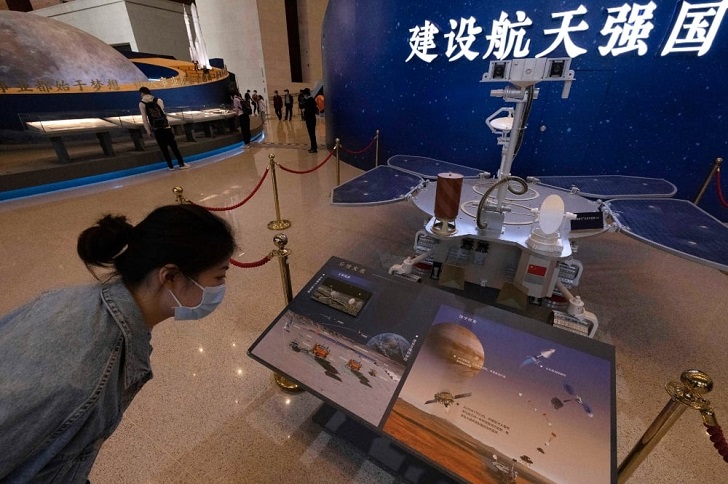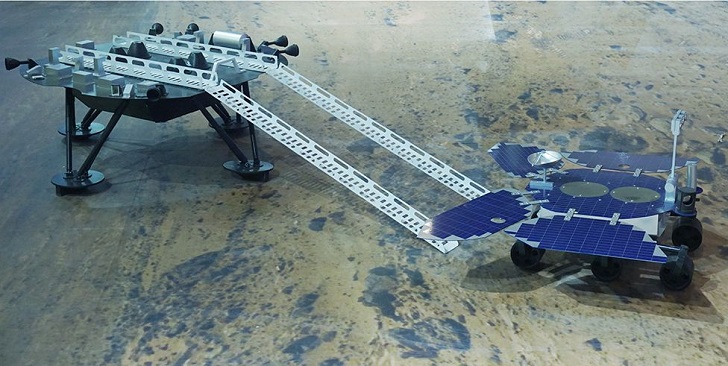In 2021, China's Zhurong rover completed its first drive on the surface of Mars, marking another significant milestone in the country's space exploration program. This achievement came just a week after the rover's successful landing on the red planet, making China the second nation to land a rover on Mars, following the United States.

CNSA/ GETTY IMAGES | The rover is part of the Tianwen-1 mission to Mars
First Drive
Zhurong's first drive on Mars was a carefully planned operation, with the rover traveling a distance of six meters before coming to a stop. The rover's cameras and other scientific instruments recorded the surrounding terrain and collected data, which scientists will use to study the planet's geology and potential for habitability.
The successful drive demonstrates the rover's mobility and the effectiveness of the Chinese space agency's engineering capabilities. The drive also represents a major milestone in China's space exploration program and positions the country as a major player in space exploration.
Zhurong's Objectives
Zhurong's primary objective was to study the geology and environment of Mars and search for evidence of past or present life on the planet. The rover had several scientific instruments, including a multispectral camera, a ground-penetrating radar, and a meteorological sensor suite.

AP/ Shutterstock | The 529-pound Zhurong rover is similar in size to NASA's Spirit and Opportunity rovers
The rover's instruments allowed scientists to analyze the composition of the Martian surface and atmosphere, study the subsurface, and measure the environment. The data collected by Zhurong might help scientists understand the planet's geological history and potential habitability and inform future missions to Mars.
The challenges of mars exploration
Mars exploration poses many challenges, including the harsh environment, the distance from Earth, and the need for advanced technology. The landing and mobility of a rover on Mars require precise engineering and programming and effective communication between the rover and Earth.
The Chinese space agency overcame these challenges with the successful landing and first drive of Zhurong, demonstrating the country's growing capabilities in space exploration. The mission's success also highlights the increasing competition in space exploration, with China, the United States, and other countries vying for dominance.

REUTER/ BBC | The Zhurong rover has a top speed of approximately 200 meters
Future Plans
The Zhurong rover's mission was expected to last 90 Martian days or approximately three Earth months. During this time, the rover continued to explore the Utopia Planitia region, collecting data and conducting experiments to further our understanding of Mars.
One of the key objectives of the Zhurong mission was to search for signs of past or present life on Mars. The rover used its instruments to analyze the chemical composition of the rocks and soil on Mars and study the planet's geology and environment. By studying the composition of the Martian soil, the rover was expected to be able to determine whether the planet could support microbial life.
In addition to its scientific objectives, the Zhurong mission is also significant from a geopolitical perspective. China's space program has been rapidly expanding in recent years. The successful deployment of the Zhurong rover marks a major milestone in the country's efforts to establish itself as a major player in space exploration. The mission has generated significant interest and excitement among the scientific community and the public, both in China and around the world.













